From a distance, Saturn’s rings look like a sheer sheet, but peer up close and you can see that impression is a mistake. Shadows from rubble believed to be two miles (3.2 kilometers) high are throwing shadows upon the planet’s B ring in this image from the Cassini spacecraft.
While the picture is from 2009, it caught the eye of the lead of the Cassini imaging team, who wrote eloquently about it in a blog post recently celebrating the link between wonder and the holidays.
“I have often thought: What a surreal sight this would be if you were flying low across the rings in a shuttle craft. To your eyes, the rings would seem like a gleaming white, scored, gravelly sheet below you, extending nearly to infinity,” wrote Carolyn Porco, the lead imager for the mission at the Cassini Imaging Central Laboratory for Operations (CICLOPS).
“And as you flew, you would see in the distance a wall of rubble that, eventually, as it neared, you would come to realize towered two miles above your head. There isn’t another sight like it in the Solar System!”
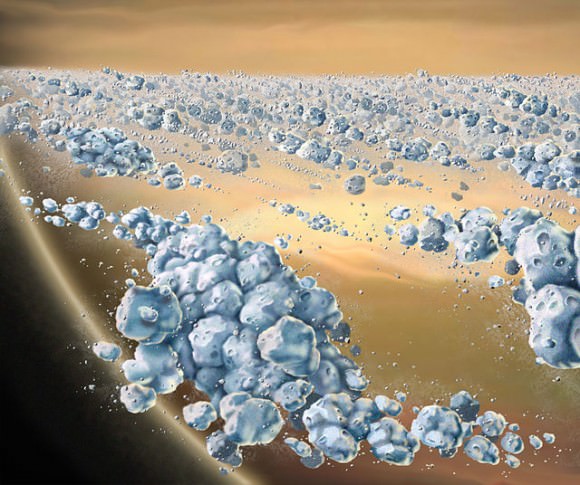
Besides the inherent beauty and delicacy of this picture, another notable feature is how hard it is to capture. According to CICLOPS, one can only take this photo during Saturn’s equinox — once every 15 years in Earth time! That’s because the angle of the Sun’s light reaches the plane of the rings, allowing shadows to fall. The area itself is likely filled with moonlets of a kilometer (0.62 miles) in size.
“It is possible that these bodies significantly affect the ring material streaming past them and force the particles upward, in a ‘splashing’ manner,” the CICLOPS website notes.
We’ve included more pictures of Saturn’s rings below, all taken from the Cassini spacecraft. The machine is healthy and working hard after about 10.5 years working at the planet. One of its major tasks now is to observe changes in the planet and particularly its large moon, Titan, as the system nears the solstice.

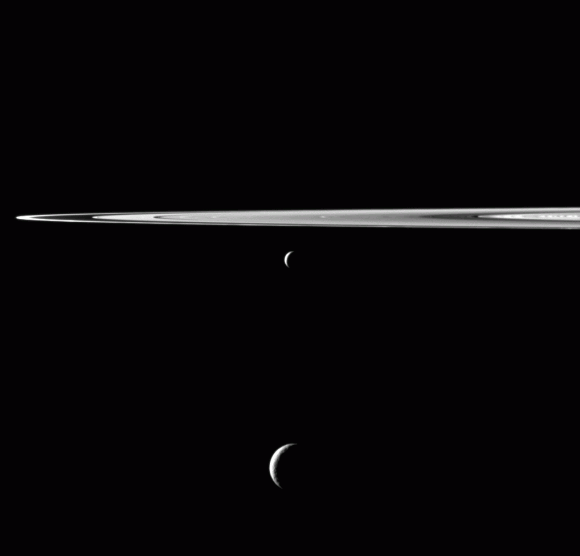
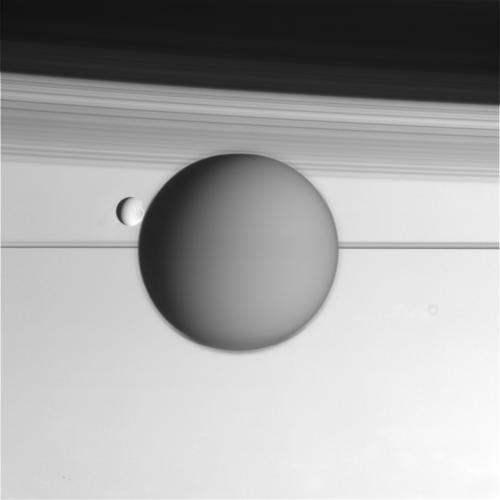
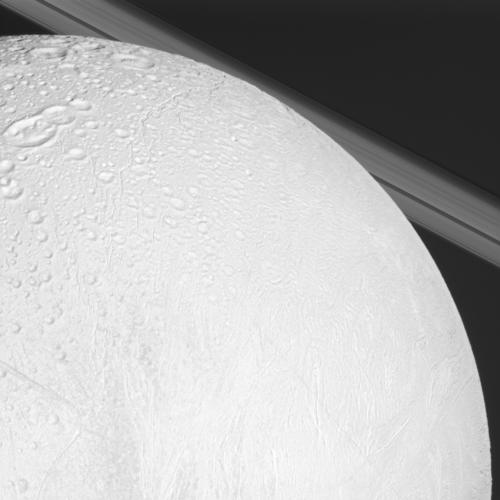
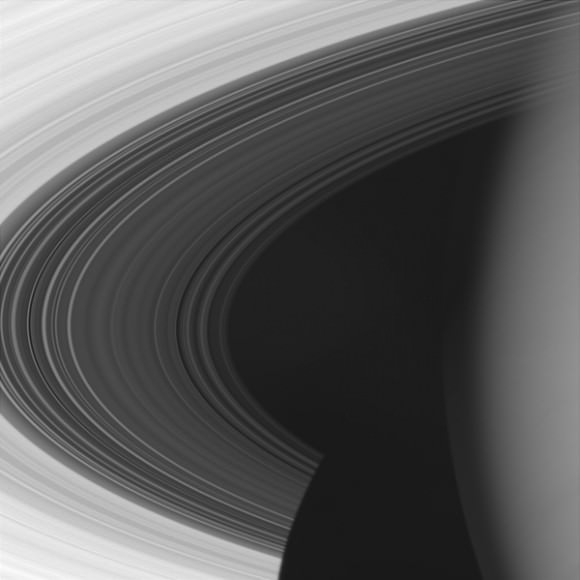
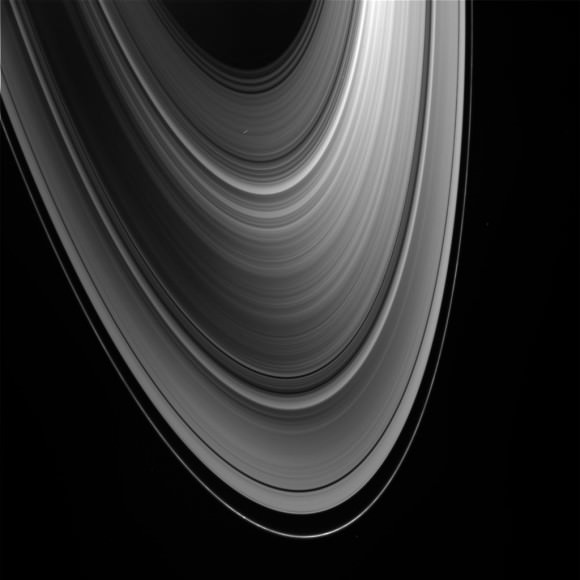
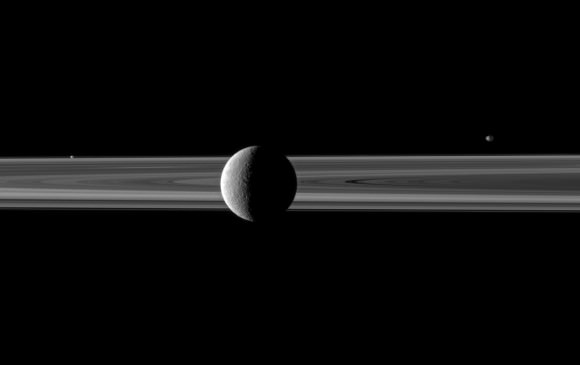
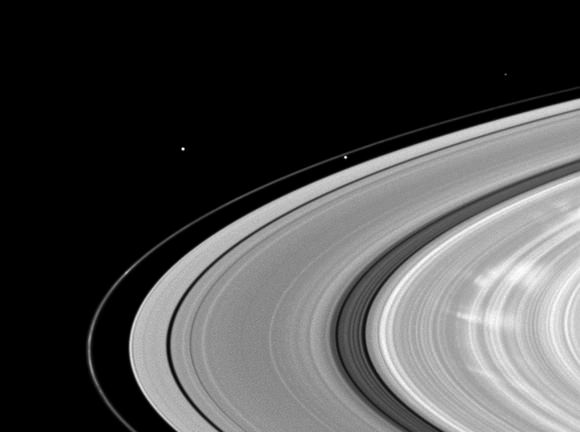
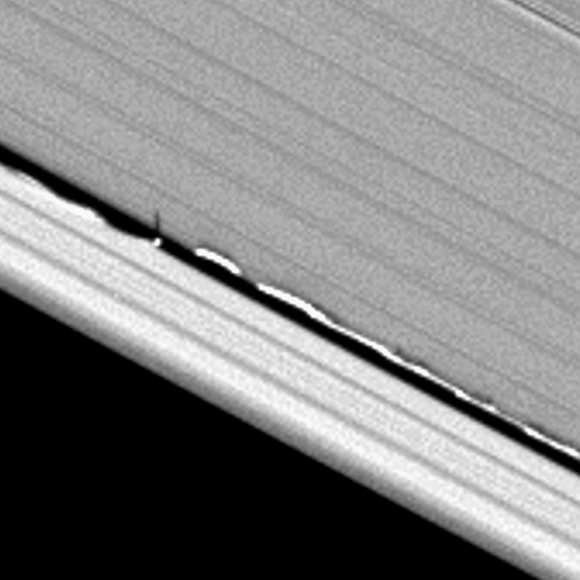

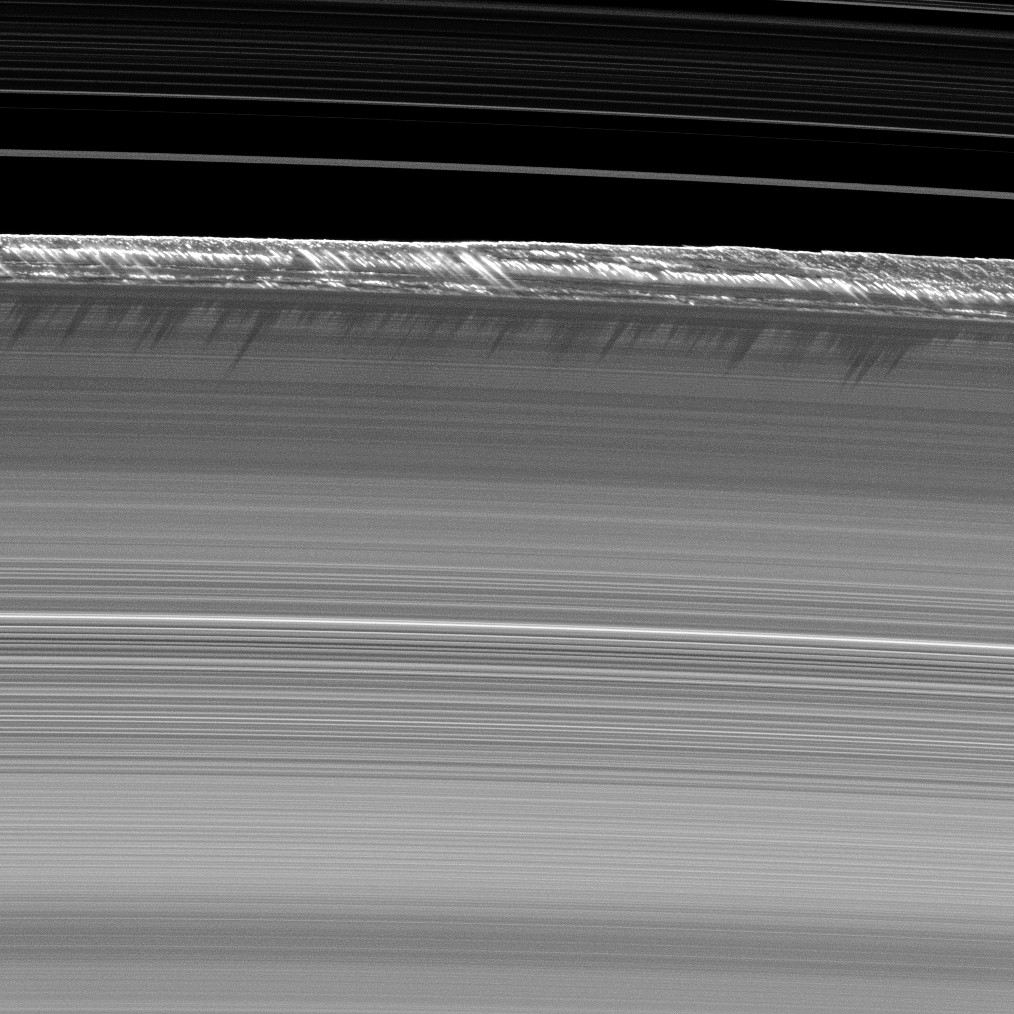
Cool
Way